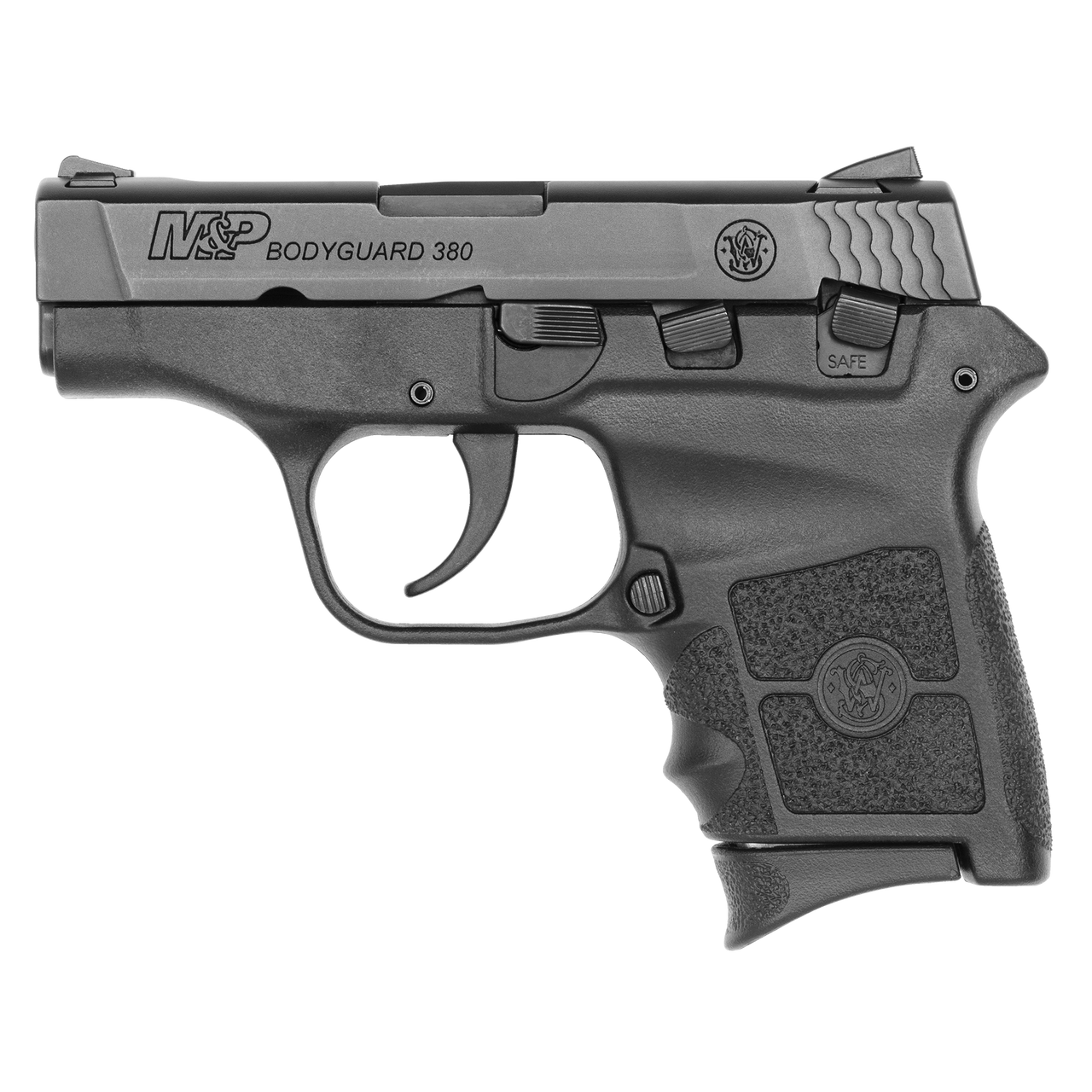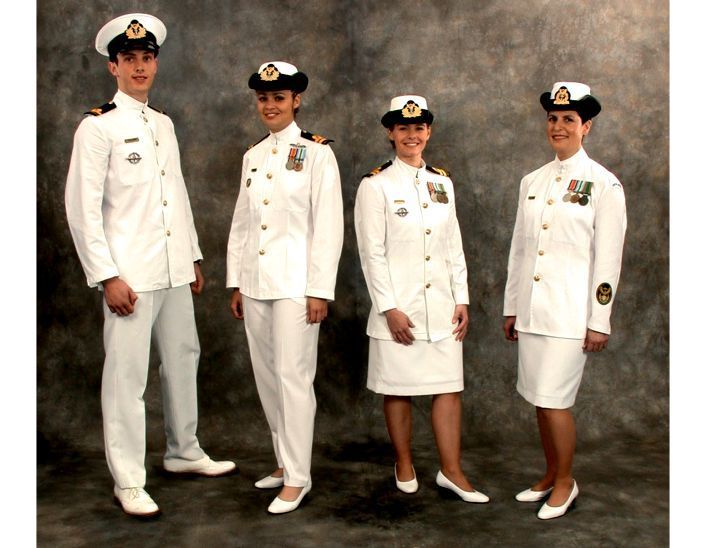Military
5 Radio Code Alphabets

Introduction to Radio Code Alphabets

Radio code alphabets, also known as phonetic alphabets, are used to clearly communicate letters and numbers over radio and other communications systems. They are particularly useful in situations where standard letter pronunciation may be unclear due to interference, accent, or background noise. The most widely used radio code alphabet is the NATO Phonetic Alphabet, but there are others, such as the Western Union Phonetic Alphabet and the International Telecommunication Union (ITU) Phonetic Alphabet. In this discussion, we’ll focus on the NATO Phonetic Alphabet, which is the standard for most international communications.
Understanding the NATO Phonetic Alphabet

The NATO Phonetic Alphabet is designed to avoid confusion between similar-sounding letters. For example, the letters “b” and “p” can sound similar over a radio connection, so they are replaced with distinct words: “Bravo” for “B” and “Papa” for “P”. This system ensures that messages are conveyed accurately, even under challenging conditions. The alphabet includes 26 code words for the 26 letters of the English alphabet, as well as a few additional codes for numbers and other characters.
Learning the NATO Phonetic Alphabet

To become proficient in using the NATO Phonetic Alphabet, one must learn and practice the code words for each letter. Here’s a breakdown of the alphabet: - A: Alpha - B: Bravo - C: Charlie - D: Delta - E: Echo - F: Foxtrot - G: Golf - H: Hotel - I: India - J: Juliet - K: Kilo - L: Lima - M: Mike - N: November - O: Oscar - P: Papa - Q: Quebec - R: Romeo - S: Sierra - T: Tango - U: Uniform - V: Victor - W: Whiskey - X: X-ray - Y: Yankee - Z: Zulu
Practical Applications

The NATO Phonetic Alphabet has numerous practical applications: - Aviation: Pilots use it to communicate with air traffic control, especially when giving call signs or transmitting critical information like flight numbers or locations. - Maritime: It’s used by ships to clearly communicate with each other and with coastal authorities, helping to prevent misunderstandings that could lead to accidents. - Military: Military forces worldwide use the phonetic alphabet to ensure clear communication during operations, where misunderstandings could have serious consequences. - Emergency Services: Police, firefighters, and ambulance services use it for clear communication, especially when relaying crucial information like locations or unit identifiers.
Benefits of Using the NATO Phonetic Alphabet

The primary benefit of the NATO Phonetic Alphabet is the reduction of errors in communication. By using distinct and unmistakable code words, it minimizes the chance of mishearing or misinterpreting letters and numbers. This clarity is critical in high-stakes environments where mistakes could lead to accidents, misunderstandings, or even loss of life. Furthermore, it facilitates international communication by providing a standardized system that transcends linguistic barriers, ensuring that messages are understood as intended, regardless of the speaker’s or listener’s native language.
Conclusion and Future Perspectives

In summary, the NATO Phonetic Alphabet is a vital tool for clear and accurate communication across various fields, from aviation and maritime to military and emergency services. Its ability to minimize errors and facilitate international communication makes it an indispensable asset in today’s globalized world. As technology continues to advance and communication systems evolve, the relevance of the phonetic alphabet remains unchanged, serving as a testament to the importance of clear and precise communication in all aspects of life.
What is the purpose of the NATO Phonetic Alphabet?

+
The NATO Phonetic Alphabet is used to clearly communicate letters and numbers over radio and other communications systems, reducing errors caused by similar-sounding letters or numbers.
Who uses the NATO Phonetic Alphabet?

+
The NATO Phonetic Alphabet is used by various groups, including aviation and maritime industries, military forces, and emergency services, to ensure clear and accurate communication.
Is the NATO Phonetic Alphabet still relevant today?

+
Yes, despite advancements in technology, the NATO Phonetic Alphabet remains relevant and widely used due to its effectiveness in preventing communication errors, especially in critical situations.



